VANYLVEN WITCH TRIALS

On this small island in Vanylven, three people ended their lives in 1679 and 1680. Their names were Anne, Marit and Ingebrigt.
The trio was sentenced to death by fire and flame, for allegedly practicing witchcraft.
These are their stories.

Among the Nordic nations, Norway's witch trials were the worst. More than 800 people were put on trial, and around 300 were put to death for witchcraft.
During this time, Norway and Denmark were united, and the witch trials were carried out on directives from the king in Copenhagen.
Many witches confessed during interrogation, and it is likely that some of the accused were subjected to torture.

Anne Mogensdatter Løset
Syvde, 1679
Anne was a poor old woman living in Syvde, Vanylven. She was a beggar who earned her food by walking from door to door. It was not appreciated by the other villagers of Syvde, many of whom barely had enough to eat themselves.
Anne was a hot-tempered woman, who would curse at the people who declined her food. Rumours started to spread that she might be a witch.
Many villagers showed up to testify against Anne Mogensdatter Løset in court. Some say that she could turn invisible.
Anne eventually admitted it herself.
And on a cold day in December 1679, Anne is burned for being a witch at Rovdeskjeret.
The witch hunt in Vanylven has just begun...

Sørdal
Anne Mogensdatter Løset had a daughter, who once broke into the home of Knut Olufsen Sørdal. Here she tried to steal meat, hemp, liqour and tobacco. Knut found Annes daughter while she was robbing him, and gave the young girl a beating for it.
When the daughter returned home, Anne turned furious at Knut, and wanted her revenge. The day after, she went to Knut Sørdals farm to curse the man.
Her neighbour, Marit Johannesdatter Løset, went with her.
Anne and her neighbour Marit lit a huge fire, and Anne threw a dark curse on Knut.
Once the spell was cast, the women swam home across the lake.
Knut Olufsen Sørdal turned ill not long after, and would never regain is health. His suspicions towards Anne grew, and he became more and more certain that she had to be a witch.
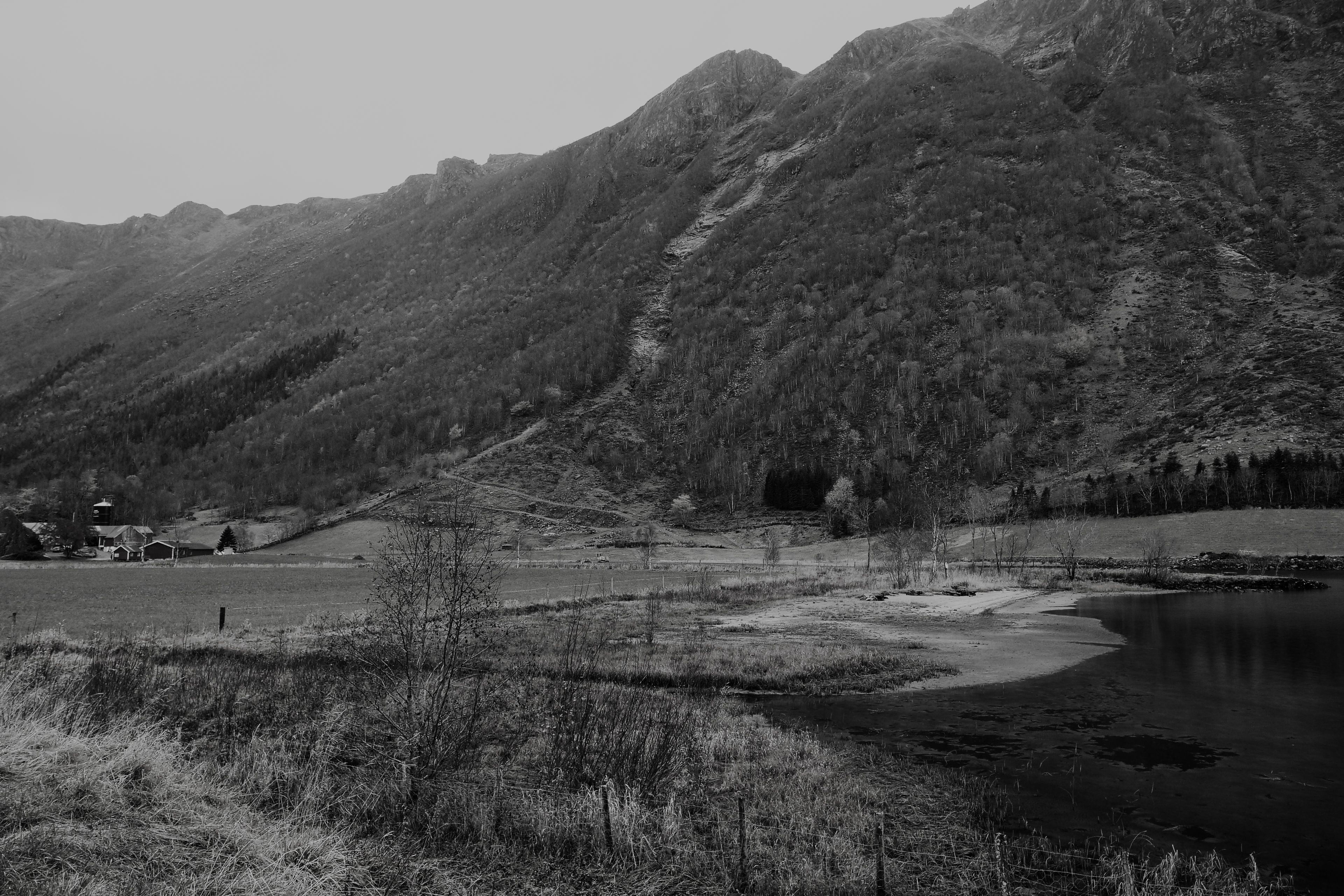
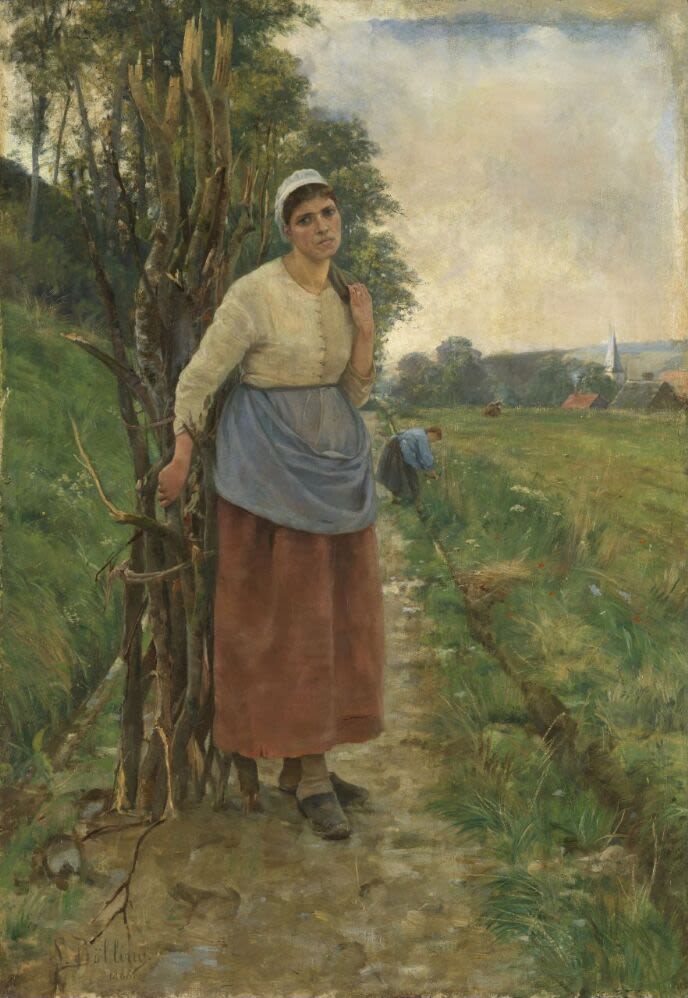
Marit Johannesdatter Løset
Marit was sold out by her neighbour, Anne Mogensdatter Løset, during Annes witch trial.
The two women lived close to each other in Syvde, and had allegedly been practicing witchcraft together for some time.
After Annes life ended in flames, Marit was imprisoned and interrogated by the local bailiff.
After a long interrogation, she eventually confessed.
That she learned spells as a child, from her father Johannes. She was later approached by Satan, and offered him her soul.
For years the devil lived in her house, and slept beside her in bed.
And she admits that she attended a sabbath in Dovrefjell in 1678.
Witch Sabbaths
Witch sabbaths were places where witches would meet the devil, have wild orgies, and practice human sacrifice.
Although many legends tell about witches riding to the sabbath on broomsticks, Marit Løset and her friends allegedly rode there on horseback.
Ingebrigt Størkersson admitted to the priest that he played the drums on many sabbaths in Dovrefjell. His drums were made out of leather from calf butts, and his drumming was so good that the other witches would make sacrifices to keep him playing.
Marit Løset and Ingebrigt named several other people who attended the witch sabbaths in Dovrefjell. Among them, Marit Skjervem, Marit Brekke and Marit Ekrem.
The three Marit's would be tried at court for witchcraft in 1682, but found innocent due to lack of evidence.
Or perhaps because they were better liked amongst their peers.
The impoverished, nomads, Sami or other marginalized groups were often targets for witch huntings. If someone was disliked in their neighbourhood, they were more likely targets.
Strong willed, or highly skilled women would also be targeted.
One woman was burned after her neighbour noticed that she was getting much more milk from her cows, and many more eggs than he was. This obviously had to mean that the woman was a witch.
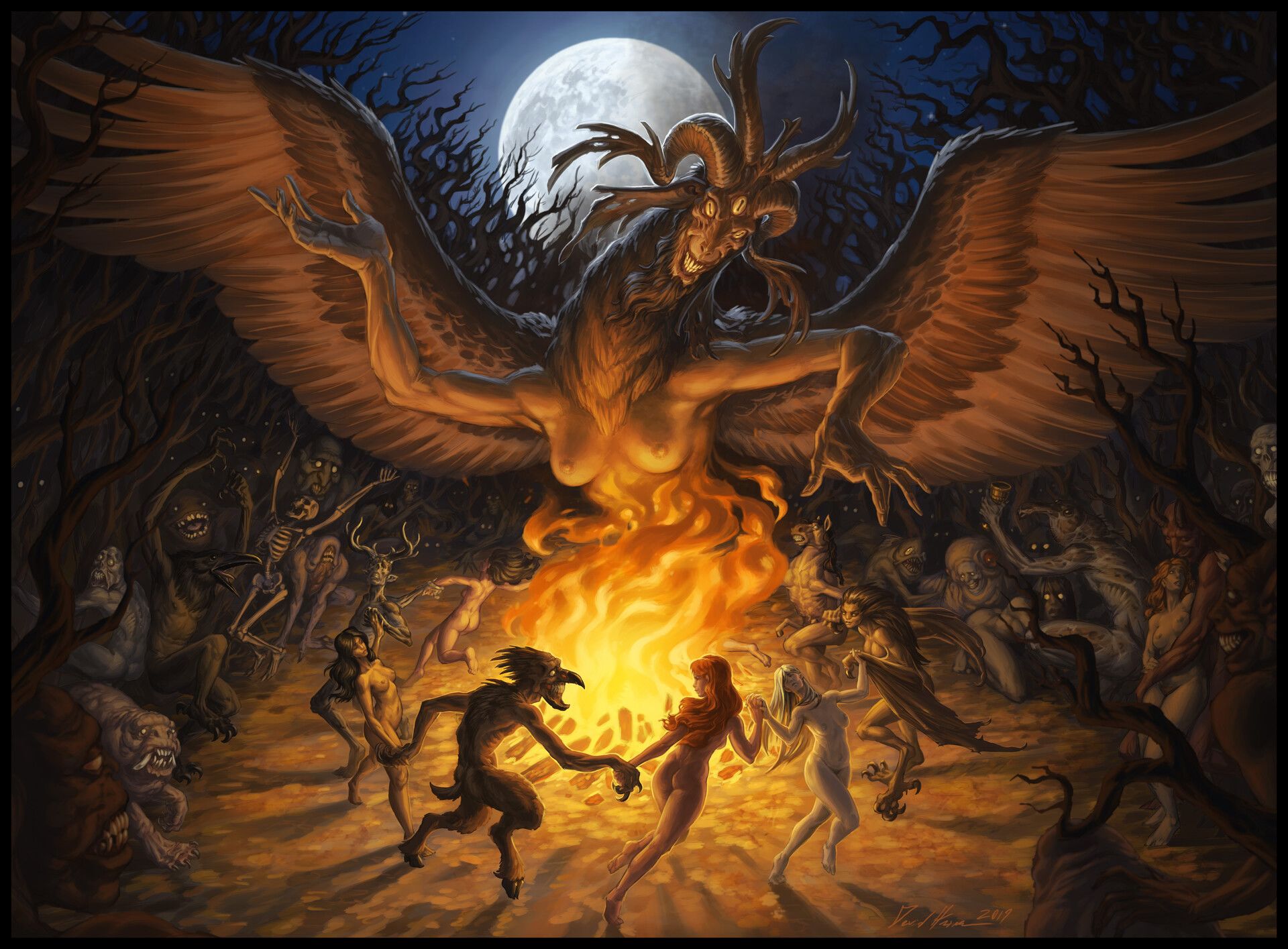
Interesting Facts
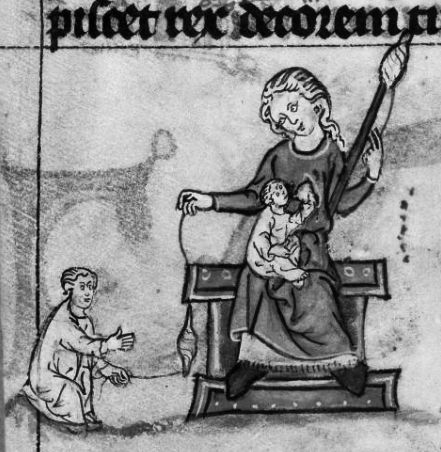
Women as targets
Women's rights in Norway were at an all time low in the 1600s. The most likely candidates for witch accusations were strong willed, unorthodox women, or poor beggars.
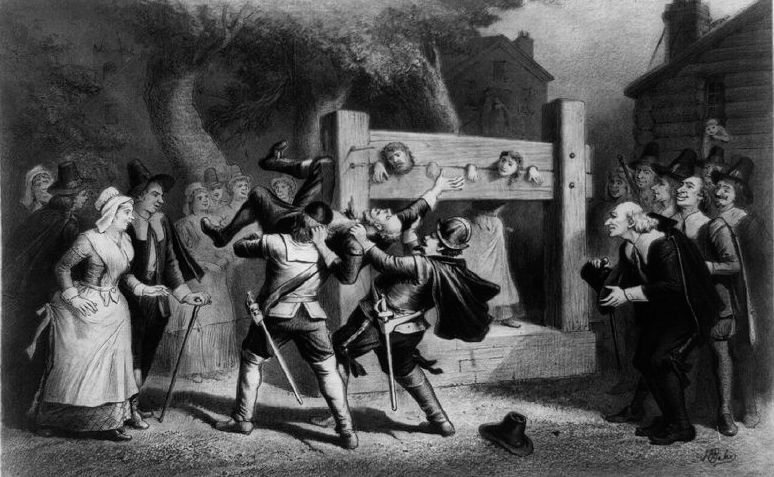
Witchhunt in numbers
Between 1400 and 1782, approximately 40,000 to 60,000 people were killed in Europe as a result of witch trials. Other sources place the number of deaths during this time at a maximum of 100,000.
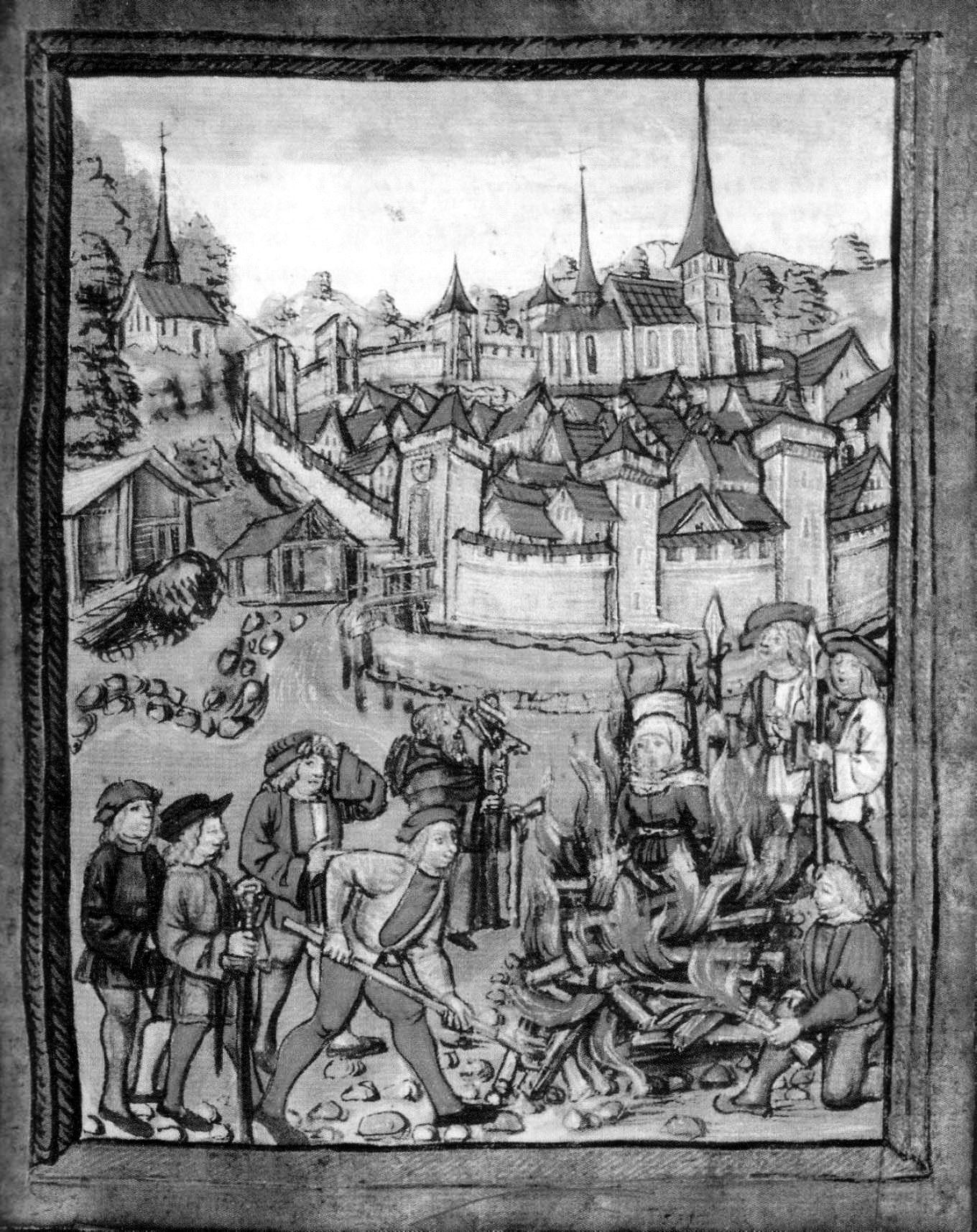
The death penalty
On the advice of Bishop Jørgen Eriksen of Stavanger, King Frederick II of Denmark and Norway instituted the death penalty for the practice of all sorcery in the Stavanger Bishopric in 1584. In 1593, this law was expanded to cover the entirety of Norway.
Ingebrigt Størkersson
Ingebrigt was already in prison when he was accused of witchcraft. He was a known criminal, who would beg and steal to get his food.
Ingebrigt was an old man from Nordfjord who had lived in Rovde for around 60 years.
In his youth, he met a group of Romani travellers, who he would get to know well. This would earn him the nickname "Gypsy-Ingebrigt".
They taught him ancient witchcraft, and he spent some years with them. But as the Romani travelled on, Ingebrigt remained poor and lonely in Rovde.
And then one day, while Ingebrigt was begging for bread, he walked past a church.
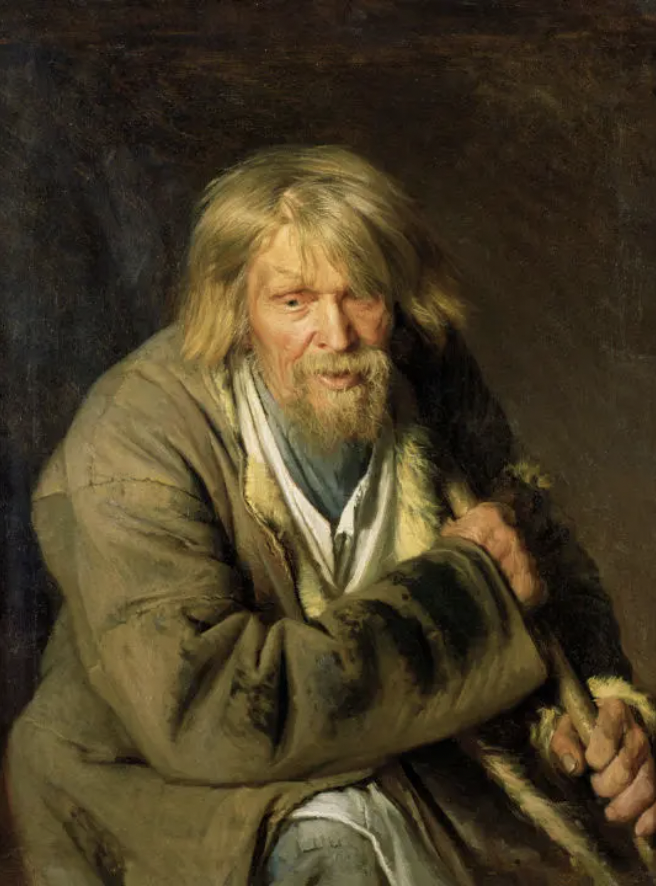
Ingebrigt was thrust into the air, and pulled backwards three times around the church.
When he regained his balance, Satan stood in front of him.
Satan promised Ingebrigt gold and green forests in exchange for his soul.
Ingebrigt accepted the offer.
Ingebrigt is interrogated in jail.
He confesses to it all.
The old man tells colourful stories of sabbaths with the devil, where he would play on drums made of calf butts, and the other witches would make sacrifices to salute his drumming.
He would curse both animals and people to death.
Whenever he would receive sacraments in church, he would quickly spit them out again, and use them to do witchcraft.
Both Jon Reste and Oluf Muklebust were said to be victims of his spells. They died in great pain.
Interesting Facts
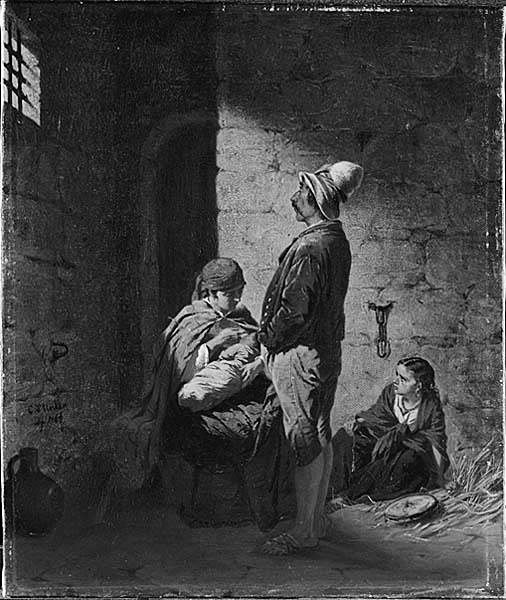
The last male witch
Ingebrigt Størkersson was the last male witch to be sentenced to death in Norway, in 1680.
About 50 of the people executed for witchcraft in Norway were men and 250 were women.
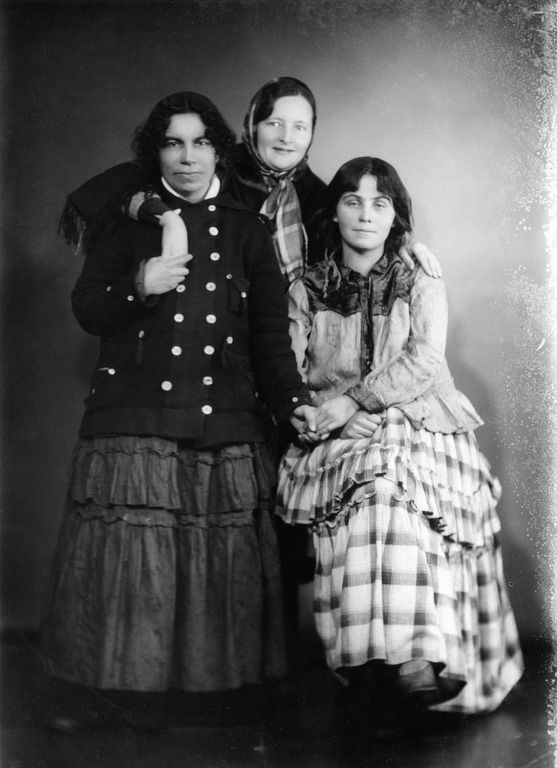
Romani
The Roma people, or Romani, were travelling people from the south. The first groups arrived in Scandinavia in the early 1500s, and it is believed that they were of Indian origins.
They are not a single cohesive group but instead are divided into several groups, each with distinctive characteristics influenced by the language, culture, and history.
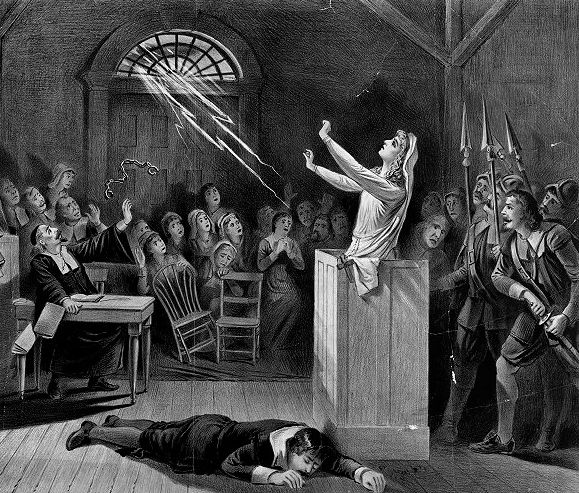
The Use of Torture
A declaration from Pope Paul III in 1468 abolished all legal restrictions on the use of torture of witches and the frequency increased. Torture helped turning the trial of suspected witches into a communal panic.
The water test was a popular way of interrogating a witch. The unlucky were dropped in water. If they floated, they were a witch, and if they drowned, they were innocent.
It might look peaceful today, but in the 1600s, Vanylven was known for its many witches.
At least 12 villagers were accused of witchcraft in the span of a few years, and many were sentenced to death.
Three of those witches were brought here, to Rovdeskjeret.
This was one of several known places for public executions in Vanylven.
The public would watch from their boats or the mainland.
These places were also feared for their dark powers, so no one except the executioner would dare to go there.
INTERACTIVE MAP OF VANYLVEN
Click the markers to learn more about locations from this story
Anne and Ingebrigt were sentenced to death by fire in 1680.
And here on Rovdeskjeret, their lives ended.

Research
The stories in this documentary are gathered from original court documents from 1679 and 1680.
We have gathered stories that the accused allegedly admitted themselves.
If you want to know more about this story, you can read the full court documents here:
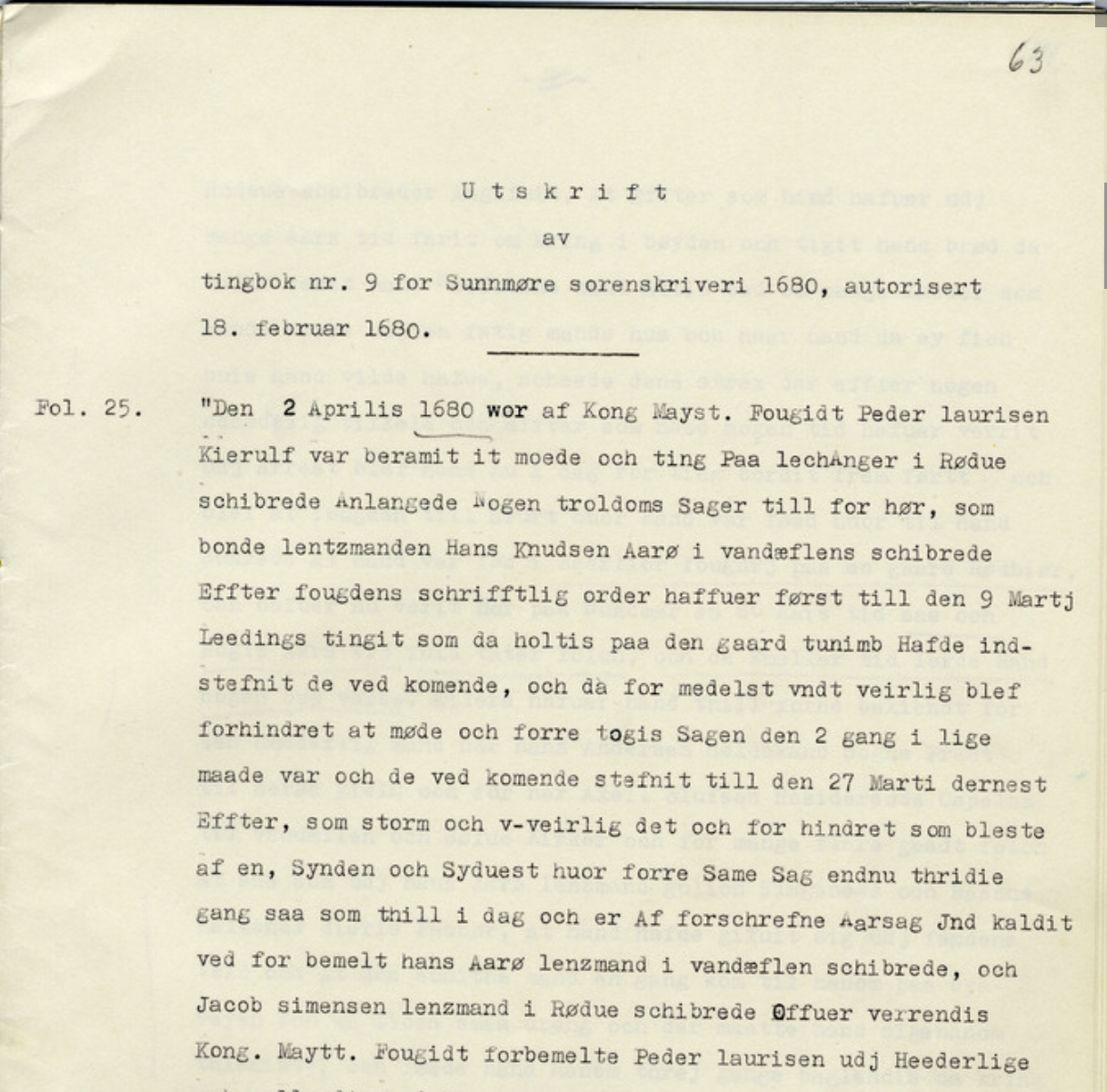
Sources
Bygdeboka Syvde
Kommunedelplan for kulturarven i Vanylven kommune
The audio stories are re-enactments with voice actors and are not based on true events
Are you in Vanylven?
Through the HIDDEN app you can walk in the witches' footsteps, learn more about this story, and find our augmented reality-experience at Rovdeskjeret.
Find this story in HIDDEN AR

